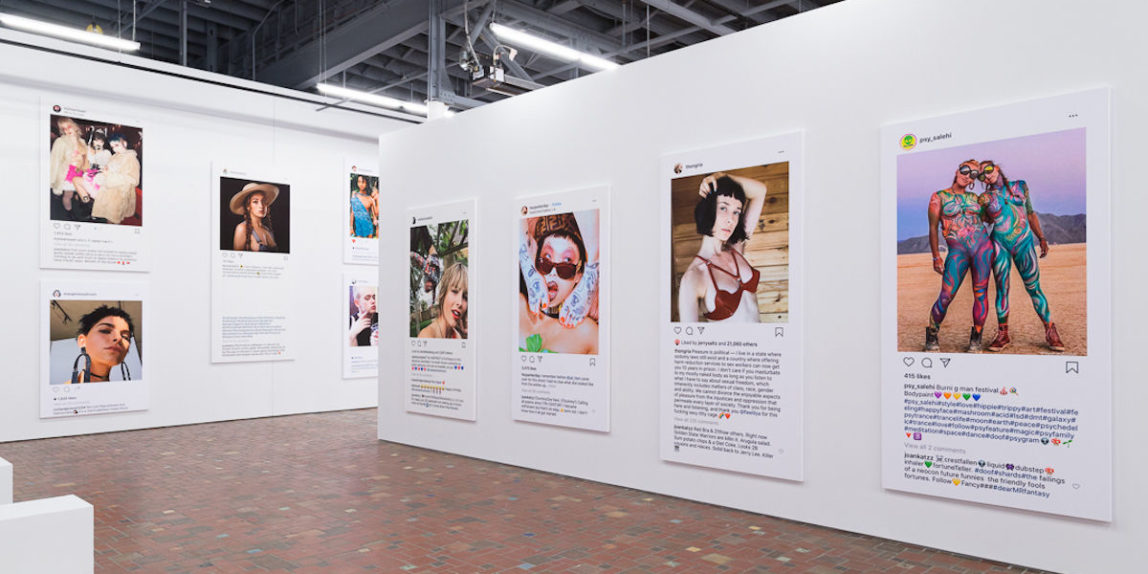I greatly enjoyed the material in this week’s work. Three words leap out at me:
“A cheeky fellow”.
That was Sam Abell’s, very generous, description of Richard Prince who infamously rephotographed Abell’s Marlborough adverts. Abell would be perfectly justified in using much more colourful language in respect of Prince.
Prince has been discussed in great and I won’t revisit the moral and legal minefield around his work. He is a cheeky fellow, but don’t all artists have to be cheeky in order to get recognition?
Vivian Maier wasn’t cheeky, she was a humble woman. She took pictures for the pleasure alone, she never attempted to put them into the public realm. It wasn’t until John Maloof acquired a stash of her pictures and realised what he had in front of him, that her pictures started getting the recognition they so clearly deserve.[1]
Contrast this with Prince, effectively repackaging the creative work of others and cheekily presenting it as art. Does cheek equate to talent? I don’t think so, but it certainly seems to be a factor in positioning your work so that others can see, enjoy and buy it.
There is an old saying about getting a foot in the door. It has its origin in the practice of door to door salesmen putting a foot in the doorway to prevent the door being closed and thus terminating their sales pitch. It’s a cheeky thing to do, invading someone else’s territory without permission. But presumably, it enjoyed some success. The phrase lives on when door to door salesmen are a thing of the past. Listen to any business person or artist talk about how they became successful and it’s highly likely you will encounter a cheeky moment. A chance meeting exploited, a spectacle created, a pitch for something that seemed unobtainable.
So although the museum and the gallery are the temples of art, where art objects are sanctified by their presence within the white walls, the route to the museum is often characterised by hard scrabble, relentless phone calls and cheek.
Emma Barker writes: that
“The condition of being on display is fundamental to the category ‘art’ in the modern western world”.[2]
The artist has the right to call their work art, but Barker suggests that work is not accepted as art until it has been on display. Display occurs in galleries and museums, so there will always be pressure on the artist to get their work into these places of display. Even having achieved exhibition of their work, artists self-validate their work by listing the times and places where their work has been displayed, e.g.
http://gideonmendel.com/curriculum-vitae/
Art does have a system that have validating and evaluating work. Portfolio reviews, curators, exhibitions, critics and auctioneers all play their part. But the system does not extend all the way down, work of merit does not automatically feed into this system. New work by new artists needs to be promoted and presented. The cheeky fellow has a role to play.
References:
[1]Maloof made a documentary about the discovery of Maier’s work. https://www.amazon.co.uk/dp/B00MR20IRY
[2]Barker, Emma (ed.) (1999) Contemporary Cultures of Display, New Haven: Yale University
Press
Featured image: Installation view of “Richard Prince: Portraits” at the Museum of Contemporary Art Detroit. Photo courtesy Museum of Contemporary Art Detroit.
